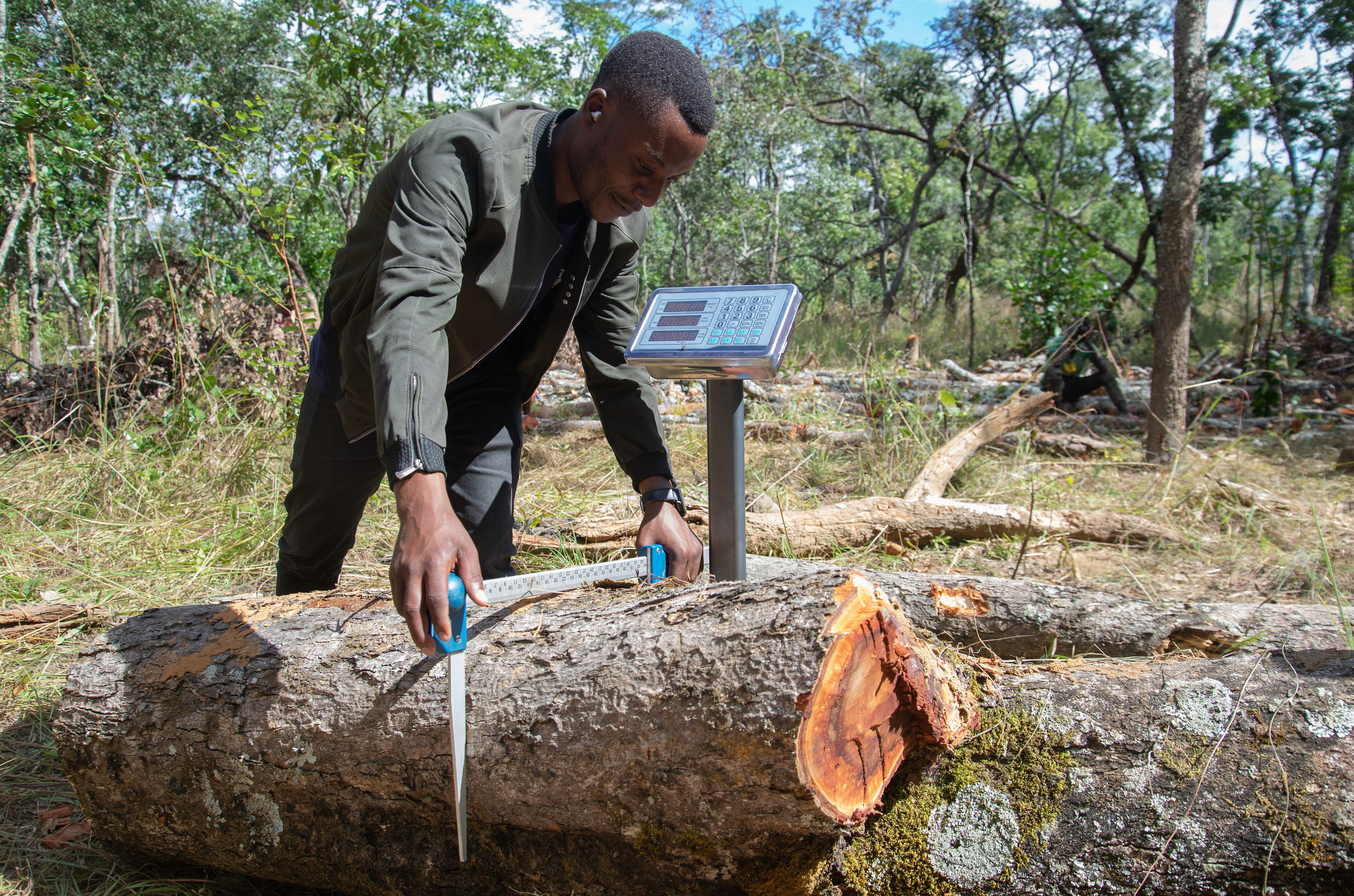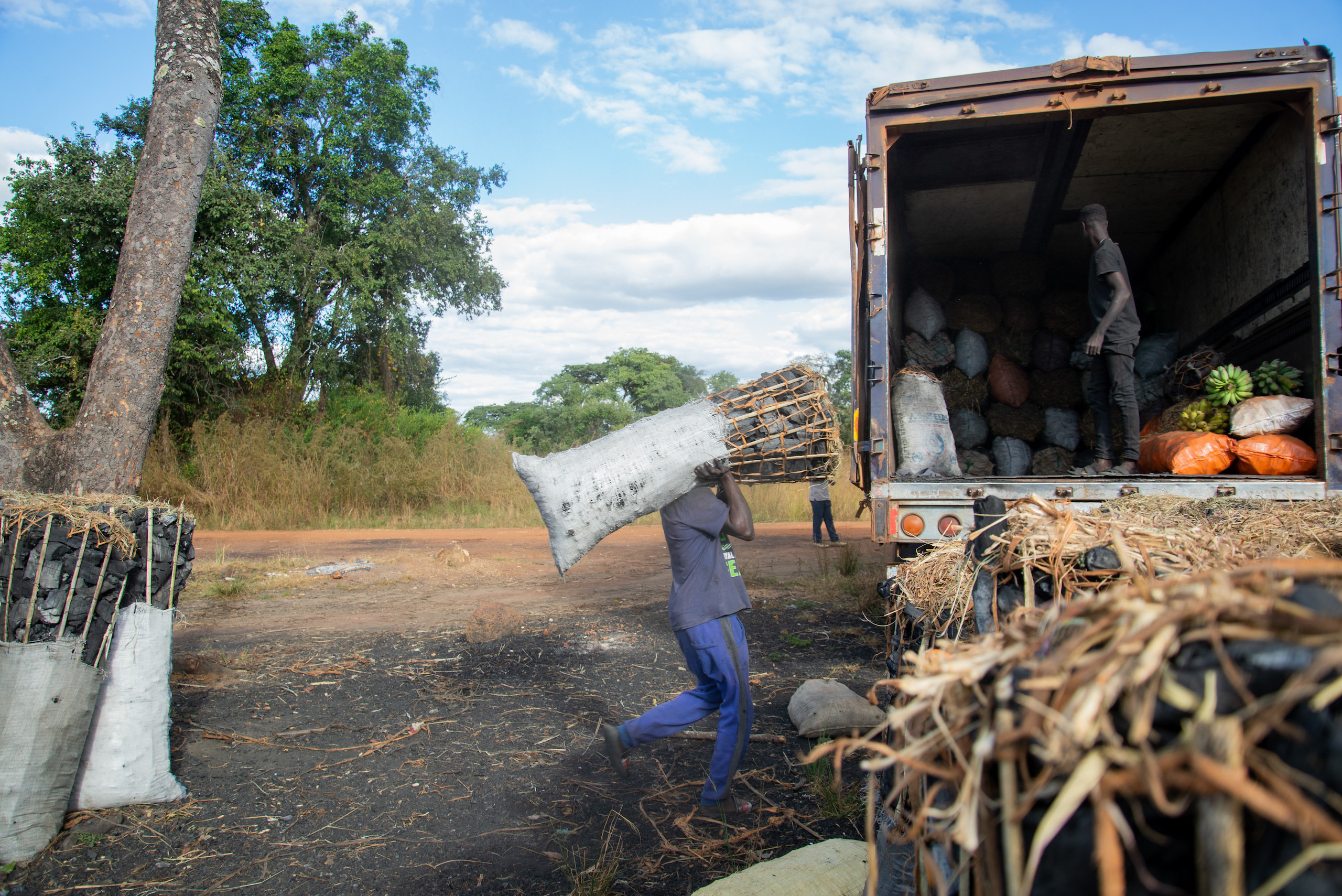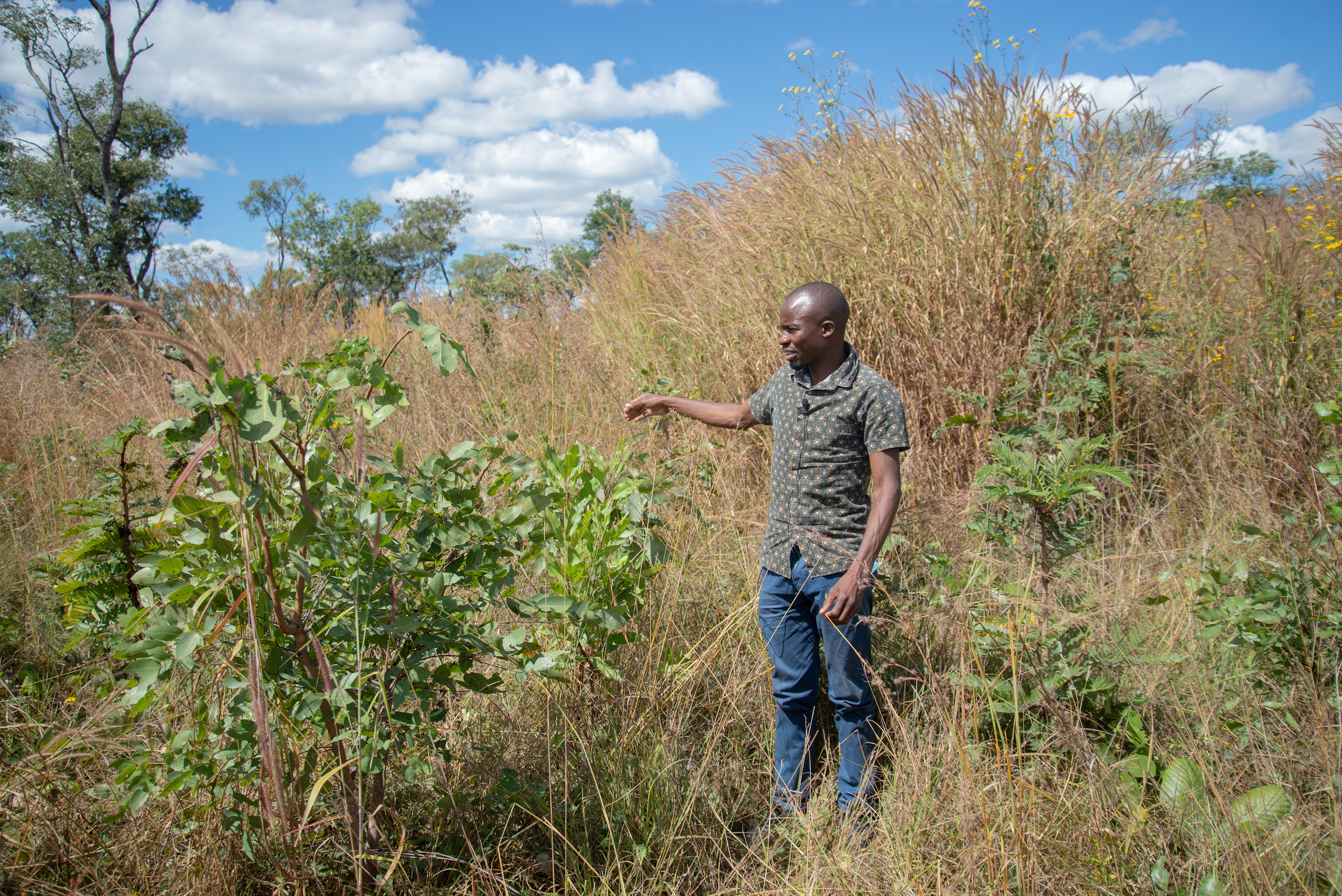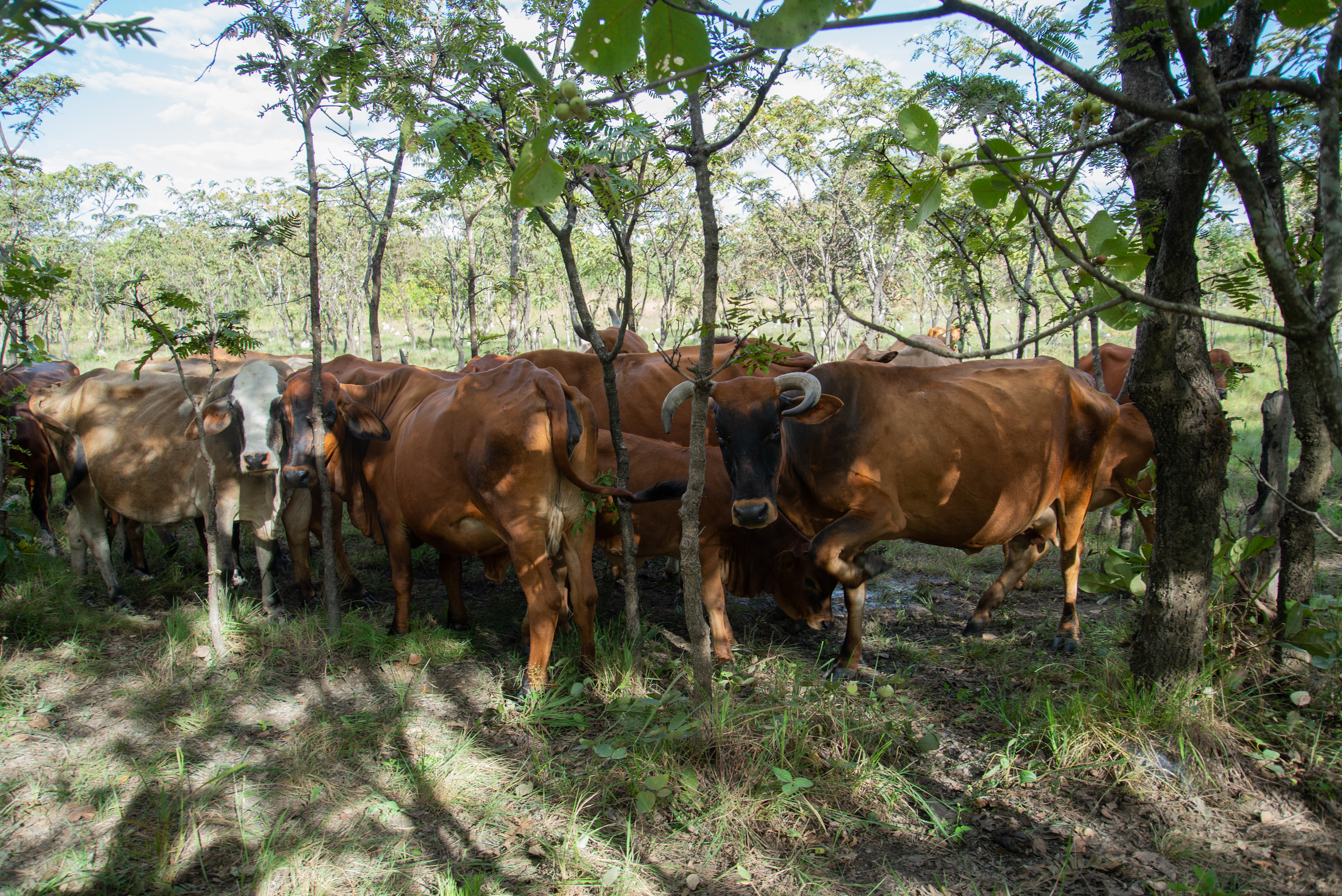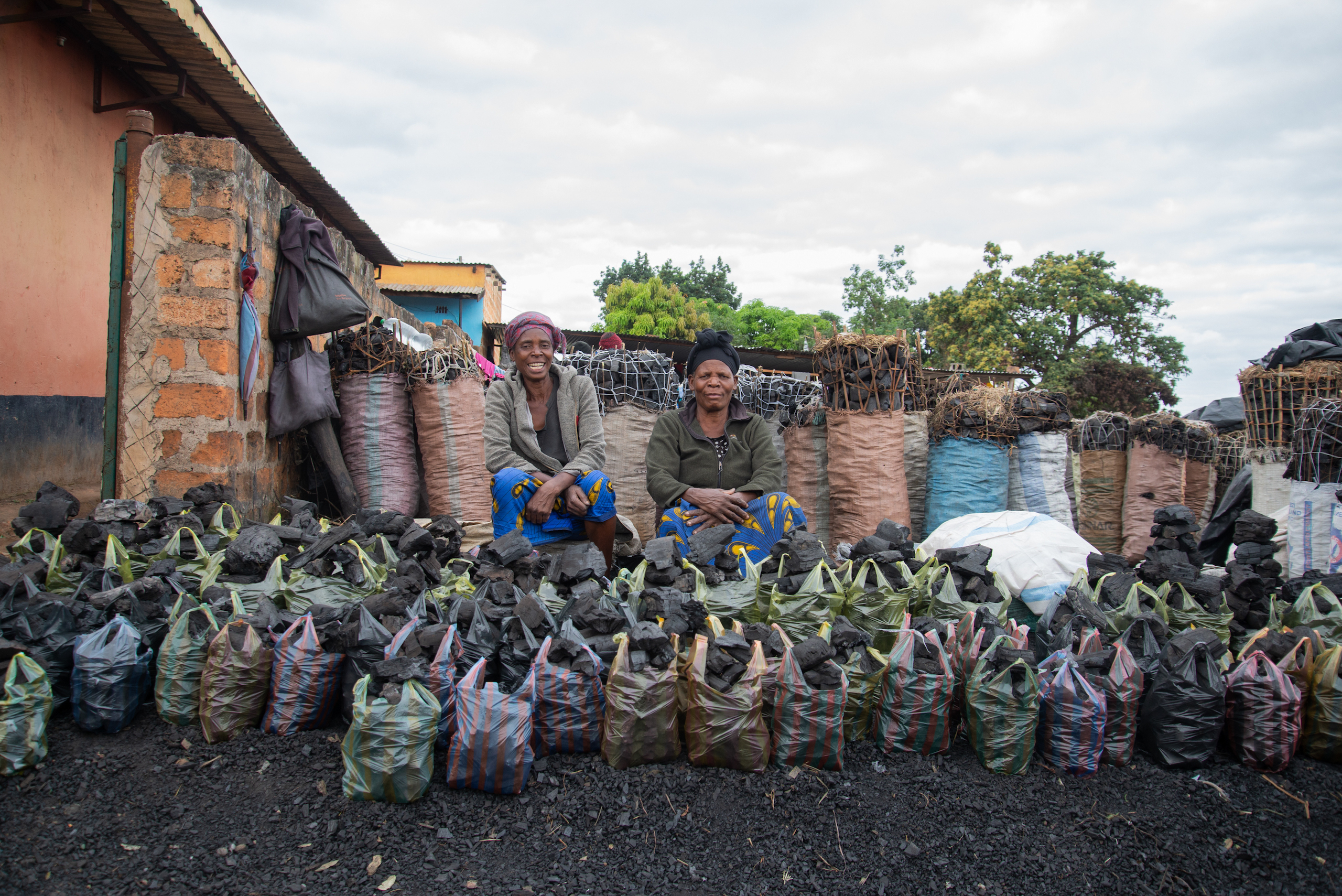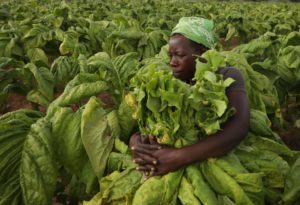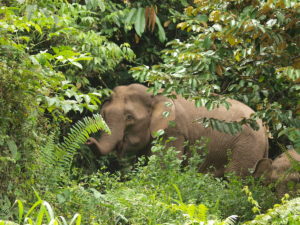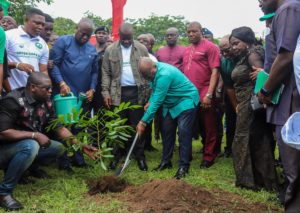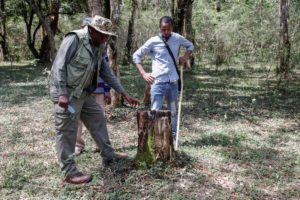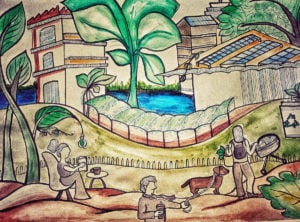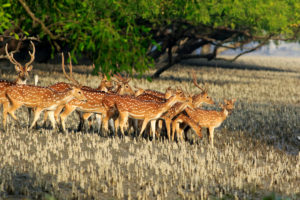In August last year, delegates from nine African countries convened in Maputo, Mozambique to sign a transnational blueprint for sustainably managing Africa’s miombo woodlands.
These woodlands form a biome of tropical and subtropical grassland, savanna and shrubland that stretches across some 2 million square kilometres of central and southern Africa. Characterised by the prevalence of the Brachystegia tree genus – miombo in Swahili – they are a vital habitat for thousands of animal and plant species, and are presently facing massive plunder.
The Maputo Declaration issued in August, also known as the Miombo Initiative, now looks to halt and address the threats to the biome.
“The declaration was drafted to deliver three key objectives,” said Claudio Afonso, national director of forestry at Mozambique’s Ministry of Land and Environment. “Namely, to promote miombo forest management for climate resilience and community development; to protect miombo forests as a carbon sink to ensure emission reductions for the regional NDCs [nationally determined contributions to the Paris climate agreement]; and to conserve miombo forests to save the Zambezi Basin.”
The nine countries to sign the declaration are Angola, Botswana, the Democratic Republic of the Congo, Malawi, Tanzania, Zambia, South Africa, Zimbabwe and Mozambique, which will serve as the Miombo Initiative’s focal point. South Africa is not home to miombo woodlands but is included because of its experience in forestry management, according to Afonso.
Why a cross-border conservation initiative?
Across central and southern Africa, miombo woodlands contribute to erosion reduction, climate and microclimate regulation, and mitigation of and adaptation to climate change through carbon sequestration. They are also responsible for maintaining the greater Zambezi Basin – one of the most important transboundary river basins in southern Africa, which coincides with much of the miombo woodlands’ range.
A 2014 study on the significance of miombo woodlands detailed how they support biodiversity and contribute to the global carbon balance, sequestering between 0.5 and 0.9 tonnes of carbon per hectare per year, with increased sequestration in young miombo trees. The study explained how miombo woodlands can increase resilience against the impacts of floods, droughts and other extreme weather events exacerbated by climate change.
Many miombo areas are tourist attractions, as they provide a habitat for popular – and often endangered – animal species, including rhinos, elephants, giraffes and lions.
Perhaps most importantly, the UN’s Food and Agricultural Organization estimates that miombo forests support the livelihoods of more than 100 million rural people and 50 million urban residents through their provision of various non-timber forest products, such as insects, mushrooms, honey, fruits, tubers, seeds, medicine and wood fuels.
But miombo woodlands are under threat. In the 15 years between 2006 and 2021, the miombo woodland area has decreased from 2.7 million km2 to 1.9 million km2, according to the Maputo Declaration. The woodlands are under pressure due to cutting of trees for timber and charcoal, mining and the practice of shifting agriculture. In a region with widespread energy poverty, reliance on the woodlands for firewood and charcoal is a key driver of deforestation.
In Tanzania, for example, where around 93% of the country’s total forest cover consists of miombo woodlands, deforestation and degradation has reached an average of 400,000 hectares per year, Professor Dos Santos Silayo, chief executive of the Tanzania Forest Services Agency told China Dialogue.
The critical significance of the miombo woodlands and their spread across national boundaries, coupled with the threats they are facing, has moved the nine countries to embark on their joint conservation initiative, forestry director Afonso said.
Speaking at the signing of the Maputo Declaration, Mozambican president Filipe Jacinto Nyusi emphasised that miombo woodlands conservation is of “collective interest, for the good of the people and the planet”.
“Climate change does not respect borders,” President Nyusi added.
Setting the targets and deadlines
The Southern Africa Development Community’s Protocol on Forestry notes that miombo is of immense value to communities and countries. But much as the Miombo Initiative is regional, it also aspires to play a part in broader continental and global environmental goals.
The stated aim of the initiative is “to leverage the capacities and alliances of the African continent, to jointly and decisively use and manage miombo woodlands sustainably to achieve the objectives of the 2030 Agenda for Sustainable Development… the African Union Agenda 2063, the nationally determined contributions (NDCs), and those called for in the 2014 New York Declaration on Forests at the Climate Summit.”
Afonso said the implementation of the initiative would be a secure and assured way for the southern Africa region to work towards achieving the climate mitigation and adaptation goals proposed in the African Union’s (AU’s) new Climate Change Strategy and Agenda 2063.
“The two AU documents place emphasis on a number of issues that have been adequately addressed in the Maputo Declaration,” Afonso said. He highlighted its mention of issues such as modern agricultural practices to increase productivity; sustainable natural resource management and biodiversity conservation; the building of environmentally sustainable and climate-resilient economies and communities; and the promotion of renewable energy use.
Among the targets of the initiative are expanding emissions reduction schemes via the REDD+ programme; diversifying income sources from timber and non-timber forest products; reducing illegal trade in flora and fauna products; and promoting programmes of education and knowledge sharing on forest management.
There are as yet few numerical or measurable targets laid out under the Maputo Declaration, nor much clarity on funding for implementation. However, according to Afonso, these will be determined in an action plan set by a new regional commission for sustainable miombo woodland management, to be released and approved within a year of the declaration’s adoption.
On the improvement of technologies to aid and enhance forest management, Afonso said this will be achieved through research and outreach from regional universities and research institutions. He highlighted the role South Africa can play in this field, as the most technologically advanced country in the region.
Some of the main actions ahead for the initiative include the establishment of the new regional commission and the approval of its strategy for the implementation of the Maputo Declaration. Afonso said the main goals stipulated in the declaration will be evaluated in a midterm review in 2027, and again as the initiative’s initial 10-year phase reaches its end in 2032.
Afonso told China Dialogue that interim coordination of the initiative is being led by the President of Mozambique and assisted by the ministers of environmental affairs of the member countries, until the regional commission is founded and functioning. The forestry director was optimistic on the broader backing the initiative will receive: “There will be mobilisation of technical and financial support for the implementation of the initiative as part of Africa’s climate action effort.”
Anticipated challenges
Prosper Tonderai Mataruse, a doctoral candidate in social-ecological systems and development practice at the University of Zimbabwe, highlighted funding as a potential major challenge for the initiative. He said substantial funds will be needed for member countries to effectively monitor and control the exploitation of resources in miombo woodlands, and planting saplings also requires funds.
“This is a long-standing problem not only in southern Africa,” Mataruse told China Dialogue, citing the UN Convention on Biological Diversity’s failure to establish a dedicated financing mechanism for biodiversity protection in Montreal last year.
Afonso, however, is optimistic that in the next three to five years, the Miombo Initiative will raise the necessary funds through investment projects financing (IPF), in cooperation with partners such as the World Bank, African Development Bank, European Union, Asian Bank and Islamic Bank. “The timeframe for fundraising is for the next three years, starting from 2022 to 2025. The initiative’s first phase is from 2022 to 2032, with a possible extension for another 10 years from 2032.”
Another major challenge will be to ensure communities’ dependency on the woodlands can be sustainable.
“There is high dependence on miombo forests,” said Dr Robertson Khataza, head of the Forestry Department at Lilongwe University of Agriculture and Natural Resources in Malawi. “More than 70% of the population in the region rely on wood fuel, in the form of firewood, and charcoal as the primary household energy source for cooking and heating.”
A critical path to establishing sustainable use and conservation of the wooldands is therefore by providing diversified means of living and income generation to the woodlands’ most dependent local communities, Khataza told China Dialogue.
“A range of anti-poverty and economic empowerment programmes such as improved agricultural technologies to enhance productivity, sustainable business programmes, and alternative energy options should be promoted among forest-dependent communities,” he said. “This would require more partners and stakeholders, and stronger partnerships to make conservation financing a reality.”
Dr Khataza also proposes that the initiative should enhance environmentally friendly conditional cash transfers to tackle poverty and build household resilience to shocks: “Social cash transfer programmes or safety nets should be conditional on conservation practices such as tree planting, and care to stimulate positive attitudes towards sound environmental stewardship.”
Lastly, at the political level, Professor Silayo of the Tanzanian forestry agency noted that member countries’ commitment to the initiative may vary, based on their respective national priorities, policies and economic power.
Mataruse similarly highlighted that differences in terms of interests and priorities between member states could derail the initiative’s progress. He emphasised that the processes put in place by the regional committee and the strategy for implementing the Maputo Declaration will be important for keeping member states‘ commitment on track.
“Above all, I would reiterate the [importance of] proper implementation of co-management arrangements between member states and local communities,” Mataruse said.
